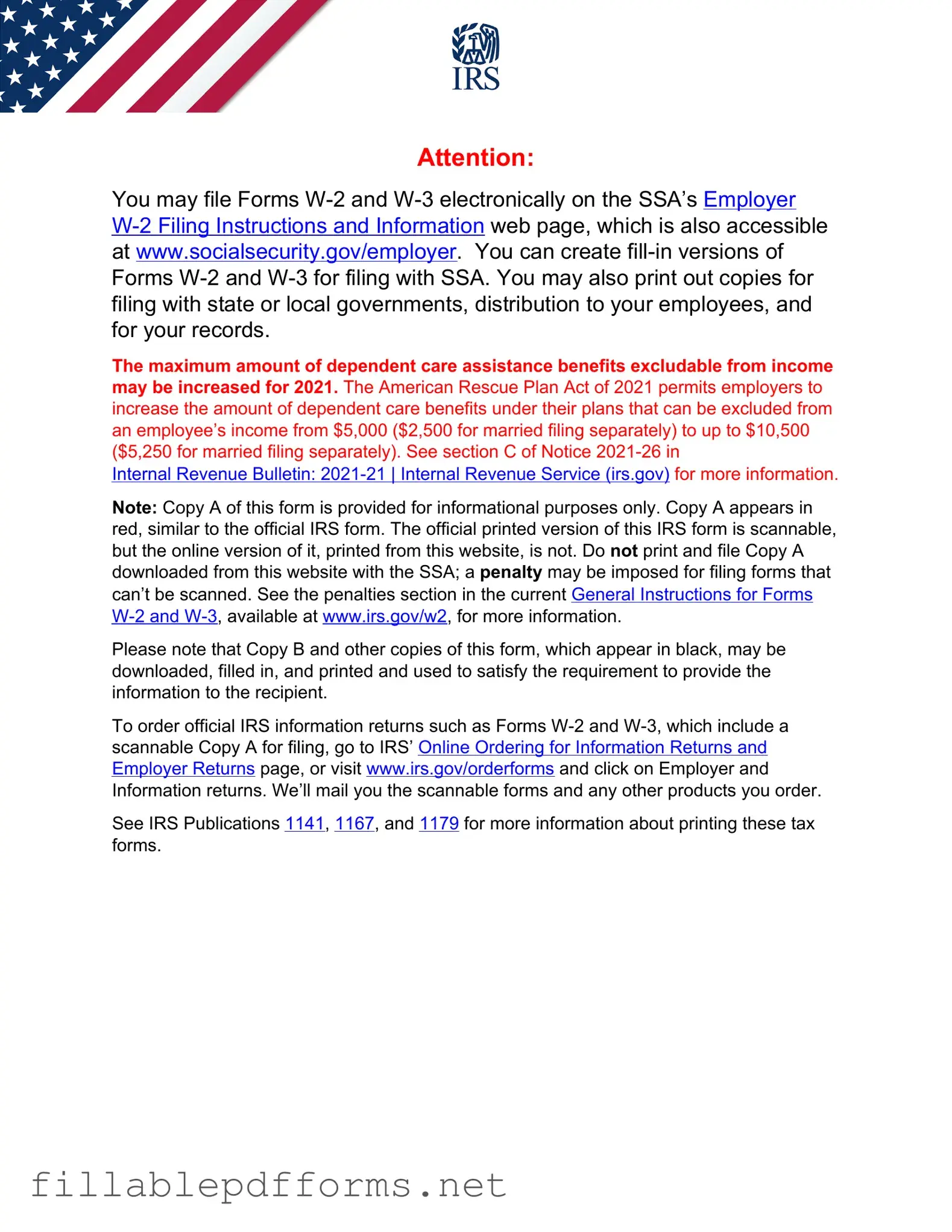IRS W-2 PDF Template
The IRS W-2 form is a document that employers are required to provide to their employees, detailing the amount of wages earned and taxes withheld during the year. This form is essential for employees when filing their annual tax returns. Understanding the W-2 form is crucial for accurate tax reporting and compliance with federal regulations.
Launch Editor Here
